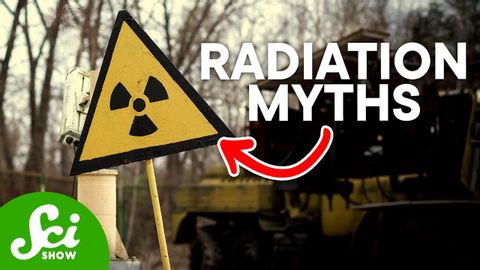映画やテレビで放射線病を間違える方法 (How Movies and TV Get Radiation Sickness Wrong)
Jerry Liu が 2021 年 01 月 14 日 に投稿  この条件に一致する単語はありません
この条件に一致する単語はありませんUS /ɪˈvɛntʃuəli/
・
UK /ɪˈventʃuəli/
US /ɪˈmjoon/
・
UK /ɪˈmju:n/
- n. (c./u.)集まり;仲間
- v.t.まとまる
- v.t./i.束ねられる
エネルギーを使用
すべての単語を解除
発音・解説・フィルター機能を解除

